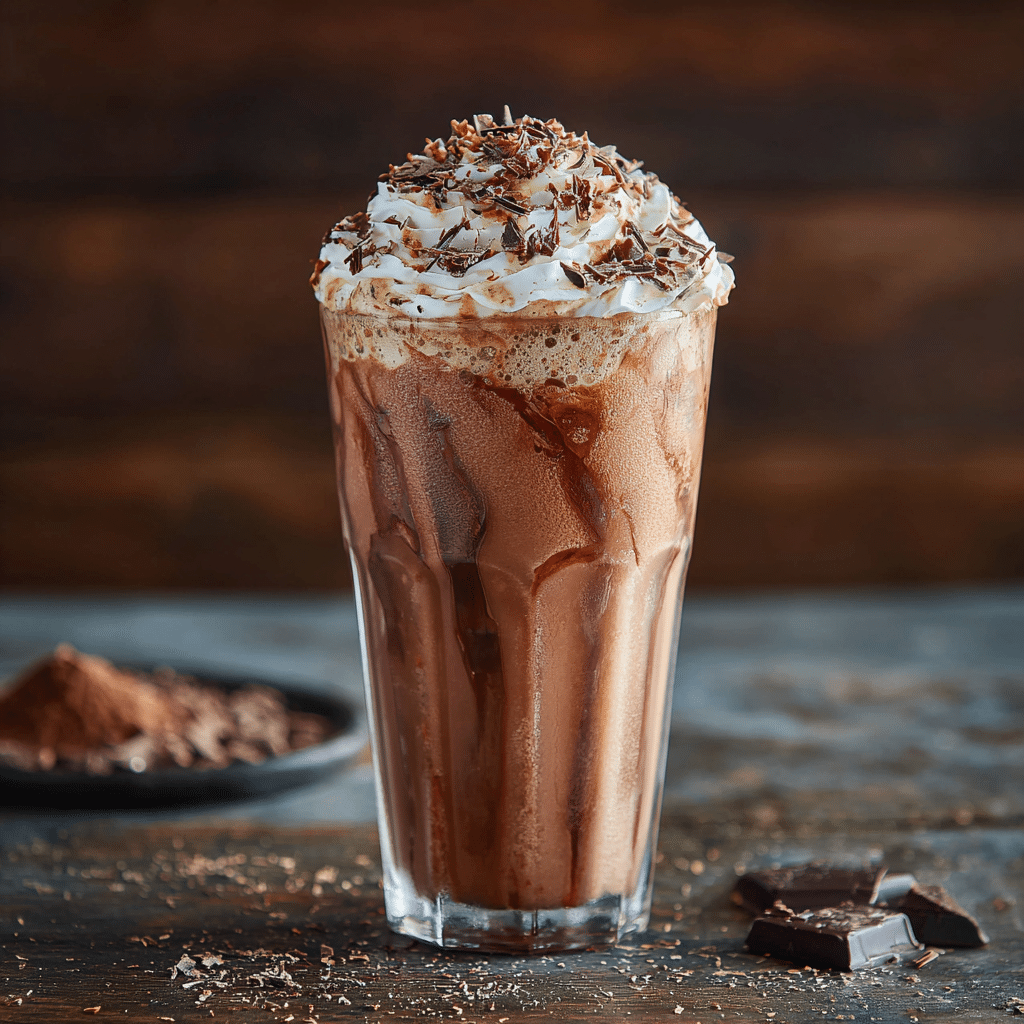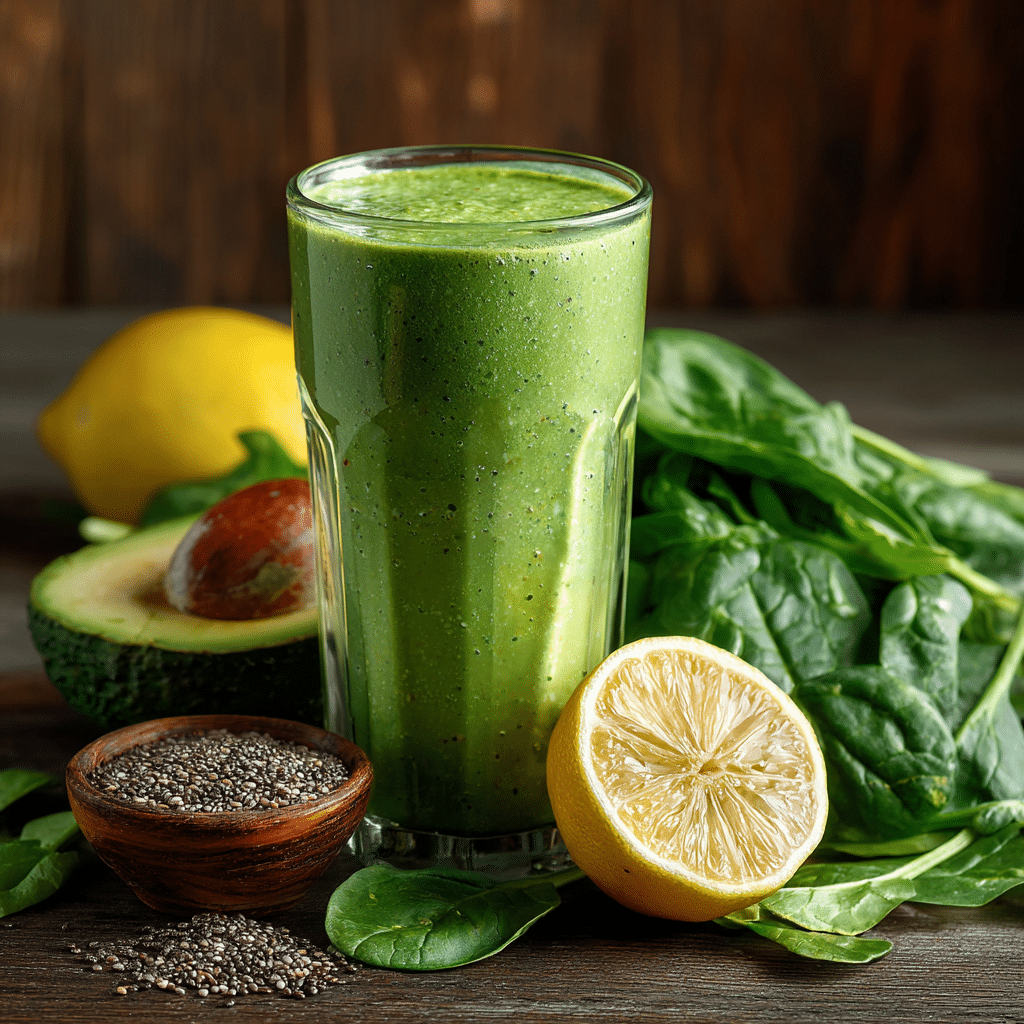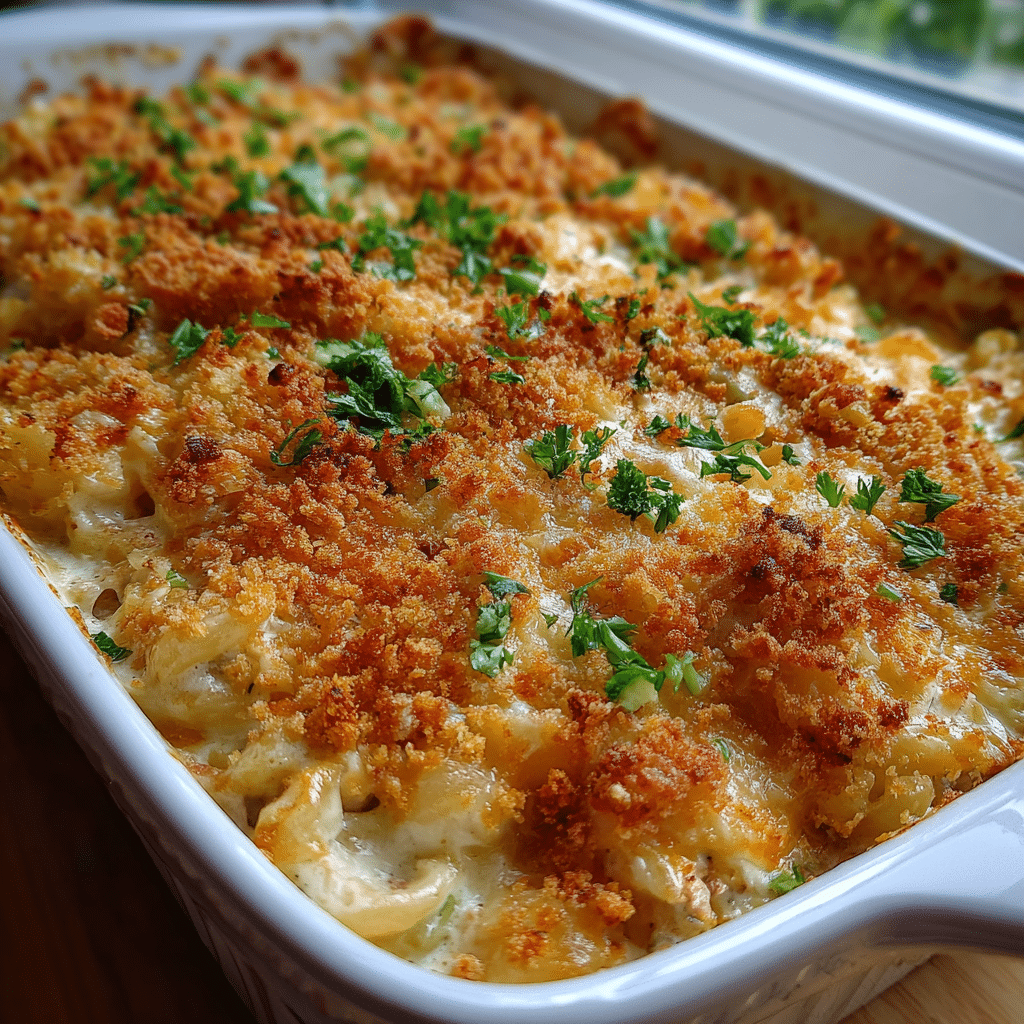Nothing beats the aroma of freshly baked Kaiser rolls, especially when they come straight from your kitchen. If you’re craving those crusty, golden buns with their signature swirl, this bread machine Kaiser rolls recipe is just what you need. Whether you’re making sandwiches or enjoying a warm roll with butter, using a bread machine saves time without sacrificing taste. In this article, you’ll find a simple method to make bakery-style Kaiser rolls using your bread machine. You’ll also get tips on shaping, baking, and storing them for best results.
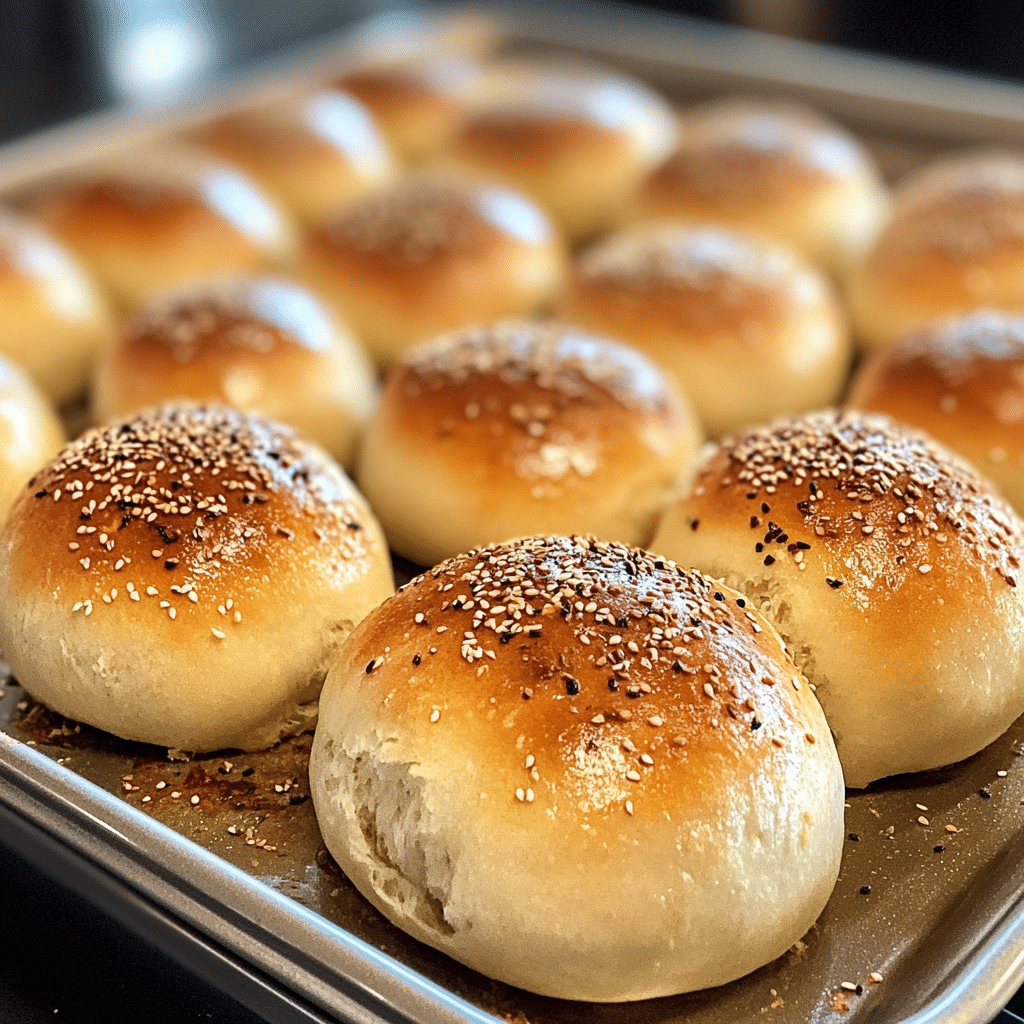
Check out how we use simple ingredients in recipes like Cowboy Butter for Steak to enhance flavor.
Table of Contents
Why Use a Bread Machine for Kaiser Rolls?
Are bread rolls safe to make in a bread maker?
Using a bread machine for rolls, especially a recipe like this bread machine Kaiser rolls recipe, is incredibly practical. These machines are built to handle various types of dough with little guesswork. They mix, knead, and let the dough rise—all while you go about your day. Bread rolls made in a breadmaker usually come out with a smooth texture and consistent results, as long as the right settings are used.
For beginners, this method eliminates common mistakes like under-kneading or over-mixing. And since Kaiser rolls need strong gluten development for that chewy texture, letting your bread machine do the hard work makes sense.
Key bread machine settings for rolls
Most machines come with a “Dough” setting, and that’s exactly what you need for this bread machine Kaiser rolls recipe. This setting handles the initial mixing, kneading, and rising—prepping the dough so you can shape and bake the rolls yourself.
Depending on your machine, the dough cycle typically runs for 1.5 to 2 hours. You’ll want to check the dough during kneading to make sure it’s smooth but not sticky. If it’s too dry or too wet, small adjustments with flour or water make all the difference.
To avoid over-proofing, remove the dough as soon as the cycle finishes. This helps lock in the perfect rise and texture when shaping your Kaiser rolls.
Mixing techniques here follow a similar approach to what we use in our Smoked Mac and Cheese recipe.
Understanding the Kaiser Roll
What makes a Kaiser roll different?
A Kaiser roll isn’t just any bread roll—it stands out because of its unique look and texture. The swirl pattern on top, often created using a Kaiser stamp or by hand-knotting the dough, gives these rolls their classic bakery-style appearance. But it’s not just about looks. The inside is light and fluffy, while the outside forms a crisp, golden crust. This balance between soft and chewy is what makes the Kaiser roll special.
In this bread machine Kaiser rolls recipe, the dough is rich with eggs and sometimes a touch of sugar, giving the roll a slightly sweet flavor. Some versions include malt or molasses for a darker crust and richer taste, mimicking old-world baking traditions.
These rolls are also known for their strength. Unlike flimsy sandwich buns, Kaiser rolls hold up well under thick meats, juicy fillings, and hearty toppings—making them a go-to choice for deli-style sandwiches.
Difference between Kaiser roll and Vienna roll
Many people confuse Kaiser rolls with Vienna rolls, but they’re not the same thing. While both have a similar shape, Vienna rolls tend to be a little softer, both inside and out. The dough for Vienna rolls often includes more fat or milk, making them tender and less crusty than their Kaiser cousins.
Kaiser rolls usually skip the milk and sometimes include a bit of vinegar or ascorbic acid to help with rise and texture. The Kaiser roll also features a more pronounced, crackly crust, especially when baked with steam.
So if you’re looking for a roll that’s hearty, crusty, and perfect for stacking meats or dunking into soup, the Kaiser roll wins every time. And this bread machine Kaiser rolls recipe brings that classic quality right into your home kitchen.
Ingredients You’ll Need
Core dough ingredients
To get that perfect balance of chewy and crisp in your Kaiser rolls, the ingredients matter. This bread machine Kaiser rolls recipe calls for simple pantry staples that come together to form bakery-quality results. Here’s what you’ll need:
- Bread flour: High-protein flour gives your rolls structure and chewiness.
- Warm water or milk: Helps activate the yeast. Use warm (not hot) liquid—about 110°F.
- Instant or active dry yeast: Fuels the rise. If using active dry yeast, proof it first.
- Sugar: Feeds the yeast and adds a slight sweetness to the dough.
- Salt: Balances the flavors and controls yeast activity.
- Butter or oil: Adds moisture and tenderness.
- Egg: Enriches the dough and contributes to color and texture.
These ingredients form the base of a reliable bread machine Kaiser rolls recipe. The egg and butter give the dough a richer flavor than plain white rolls, and the bread flour helps the rolls stay puffy and strong.
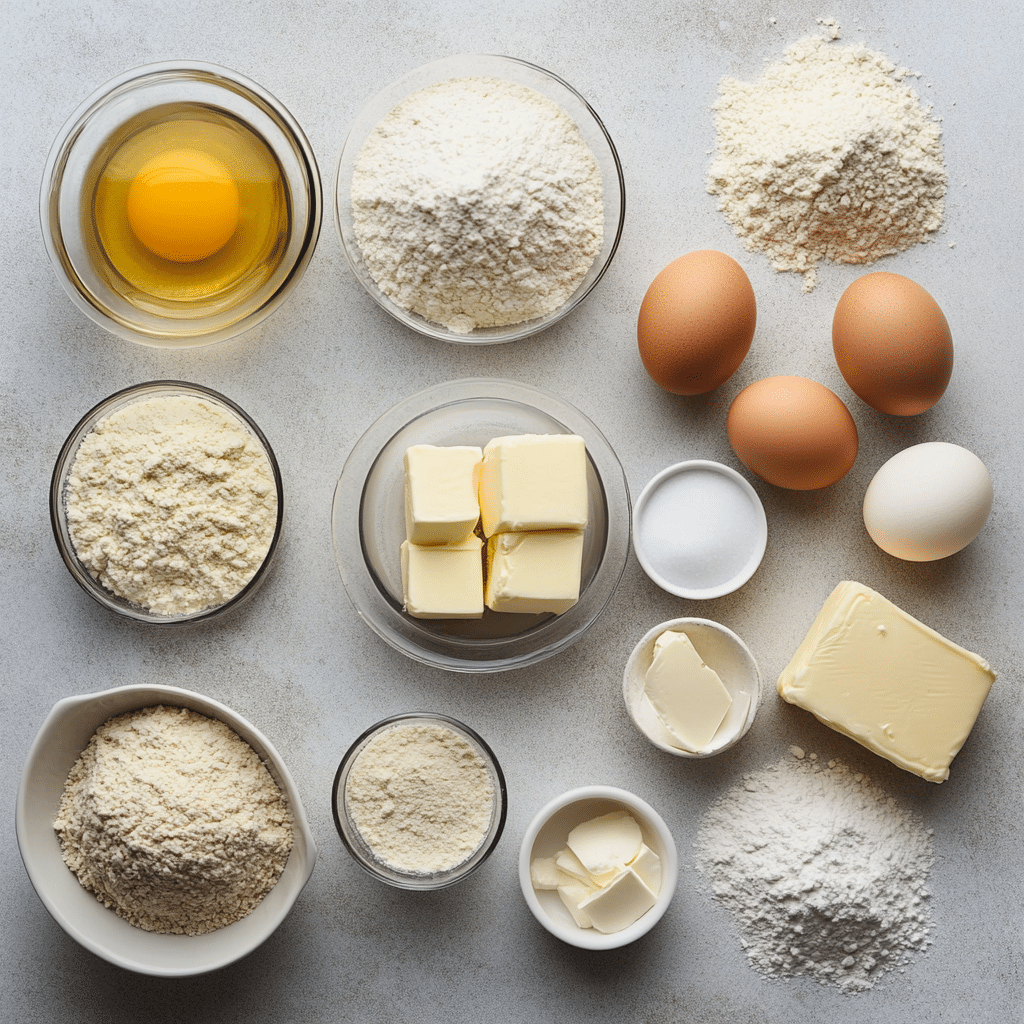
Optional additions
You can customize your Kaiser rolls based on your taste. Here are a few optional ingredients worth considering:
- Malt syrup or molasses: For deeper flavor and a darker crust, especially in traditional recipes.
- Egg wash: A beaten egg brushed on top before baking gives a shiny, golden finish.
- Poppy or sesame seeds: Sprinkle these on top after the egg wash for a bakery-style look and crunch.
Pro tip: If you’re adding seeds, press them lightly into the dough after brushing with egg so they stick well during baking.
By prepping the right mix of ingredients, your bread machine Kaiser rolls recipe sets you up for a batch of golden, flavorful buns with that signature swirl and satisfying bite.
If you enjoy customizing recipes, you might like our twist on pasta in Easy Rasta Pasta Recipe.
Setting Up the Bread Machine
Layering ingredients: order matters!
To make the most of your bread machine Kaiser rolls recipe, ingredient order is key. Most bread machines recommend this layering:
- Liquids first – water, milk, eggs, melted butter
- Dry ingredients – flour, sugar, salt
- Yeast last – create a small well in the flour and add yeast without letting it touch the liquids
Why does this matter? If yeast comes into early contact with liquids, it can activate too soon—leading to poor rise or over-proofing. Keeping the ingredients layered correctly ensures the dough mixes evenly and rises on schedule.
If your bread machine has different instructions, follow its manual. Each brand may vary slightly, but most stick to this simple layering rule.
Tips: monitoring dough consistency
Once the machine starts kneading, check the dough within the first 10 minutes. The dough should be slightly tacky but pull away cleanly from the sides. If it’s too sticky, sprinkle in a tablespoon of flour. Too dry? Add a teaspoon of water at a time until it smooths out.
Some machines also have a “rest” period before kneading. Don’t skip this—it’s essential for letting the flour absorb moisture and relax the gluten.
Don’t miss our Ground Chicken Taco Salad for another great use of soft, chewy bread on the side!
Maintaining the right dough texture is one of the biggest factors in how your bread machine Kaiser rolls turn out. A well-kneaded, elastic dough sets you up for that perfect chewy center and golden crust.
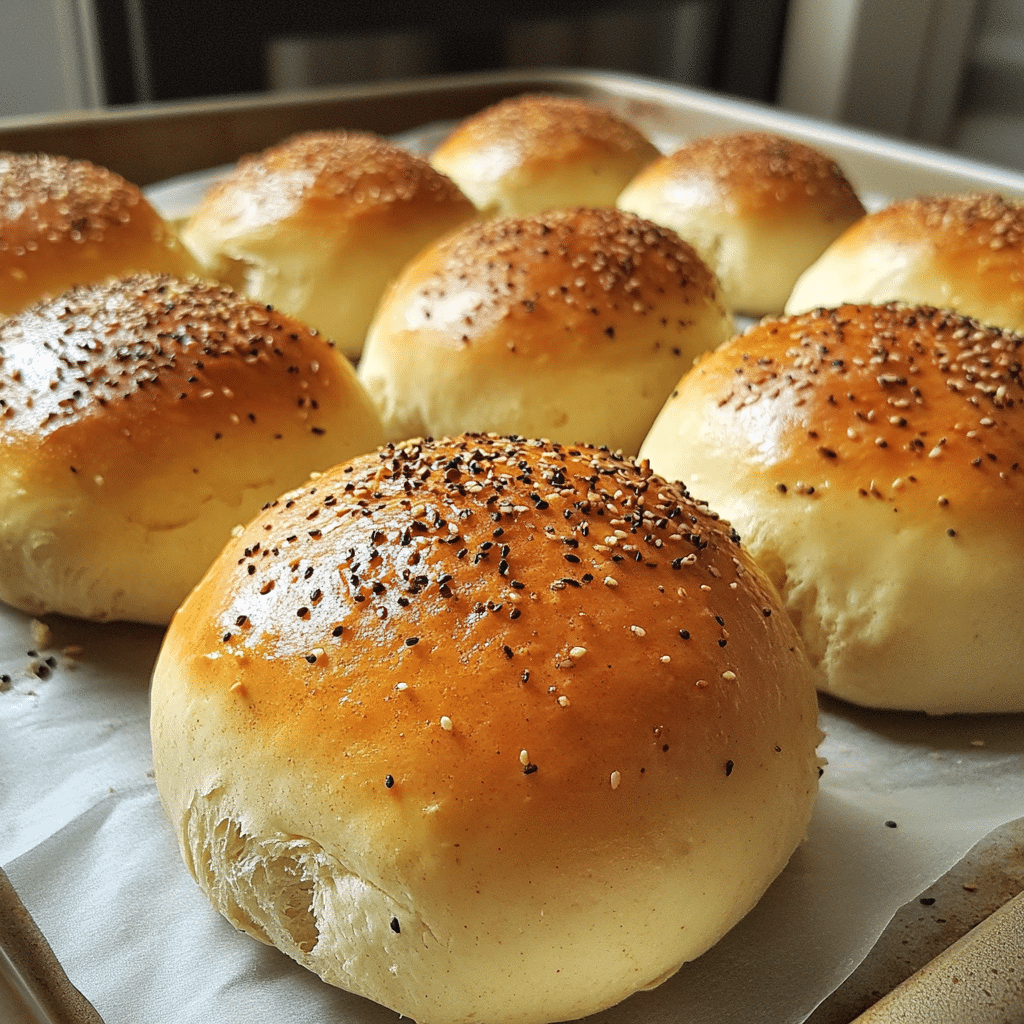
Dough Cycle to Shaping
Completing the dough cycle
Once your dough cycle finishes—typically after 90 minutes—you’ll find a soft, elastic dough that’s doubled in size. At this stage, your bread machine Kaiser rolls recipe has done most of the heavy lifting. Carefully remove the dough from the machine and place it on a lightly floured surface.
Punch down the dough gently to release air bubbles. Then let it rest for about 10 minutes to relax the gluten before shaping. This helps the dough stay smooth and elastic while you work with it.
If you’re short on time, this brief rest can be skipped—but it does make shaping easier and results in better texture.
Shaping techniques: stamp or knot
Now comes the fun part—shaping those classic Kaiser swirls. You have two solid options:
1. Kaiser Stamp Method:
Flatten a dough ball slightly and press a Kaiser roll stamp into the top, pushing almost through but not cutting it fully. This creates that trademark swirl that opens beautifully as the roll bakes.
2. Hand-Knotted Method:
Roll the dough into a rope, about 8 inches long. Tie a loose knot, tuck one end through the loop, and wrap the other under. It takes practice, but this method gives a rustic, artisan look that’s truly satisfying.
Most bakers aim for rolls that are 3 to 4 ounces each. This bread machine Kaiser rolls recipe usually yields about 8 to 10 medium rolls or 6 large sandwich-size rolls.
Once shaped, place the rolls on a parchment-lined baking sheet, spacing them about 2 inches apart to allow room to rise.
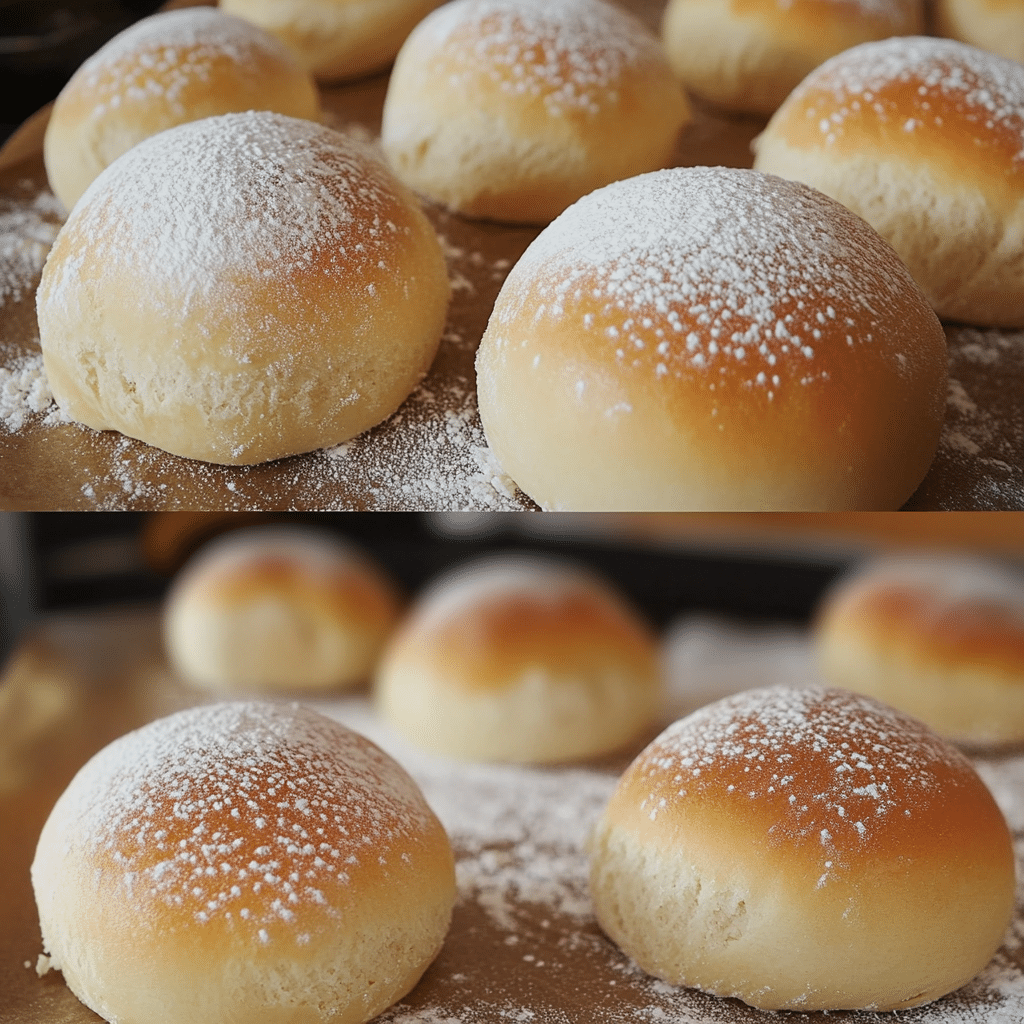
Just like with our Smoked Mac and Cheese, the preparation process matters as much as the ingredients—these small steps lead to standout results.
Finishing Touches & Common Issues
Adding seed toppings & sheen
Once your bread machine Kaiser rolls recipe is baked, adding the right finishing touches makes all the difference. That glossy top you see on bakery Kaiser rolls? It comes from an egg wash brushed on just before baking. Mix one egg with a tablespoon of water and lightly brush each roll to get that classic sheen.
If you want to level up the look and texture, sprinkle poppy seeds, sesame seeds, or a blend of both onto the egg-washed tops. This not only makes your rolls more appealing, but also adds a pleasant crunch.
Make sure to press the seeds in gently so they don’t fall off while baking or cooling. You can also use milk instead of egg wash for a softer finish, but it won’t have that rich color.
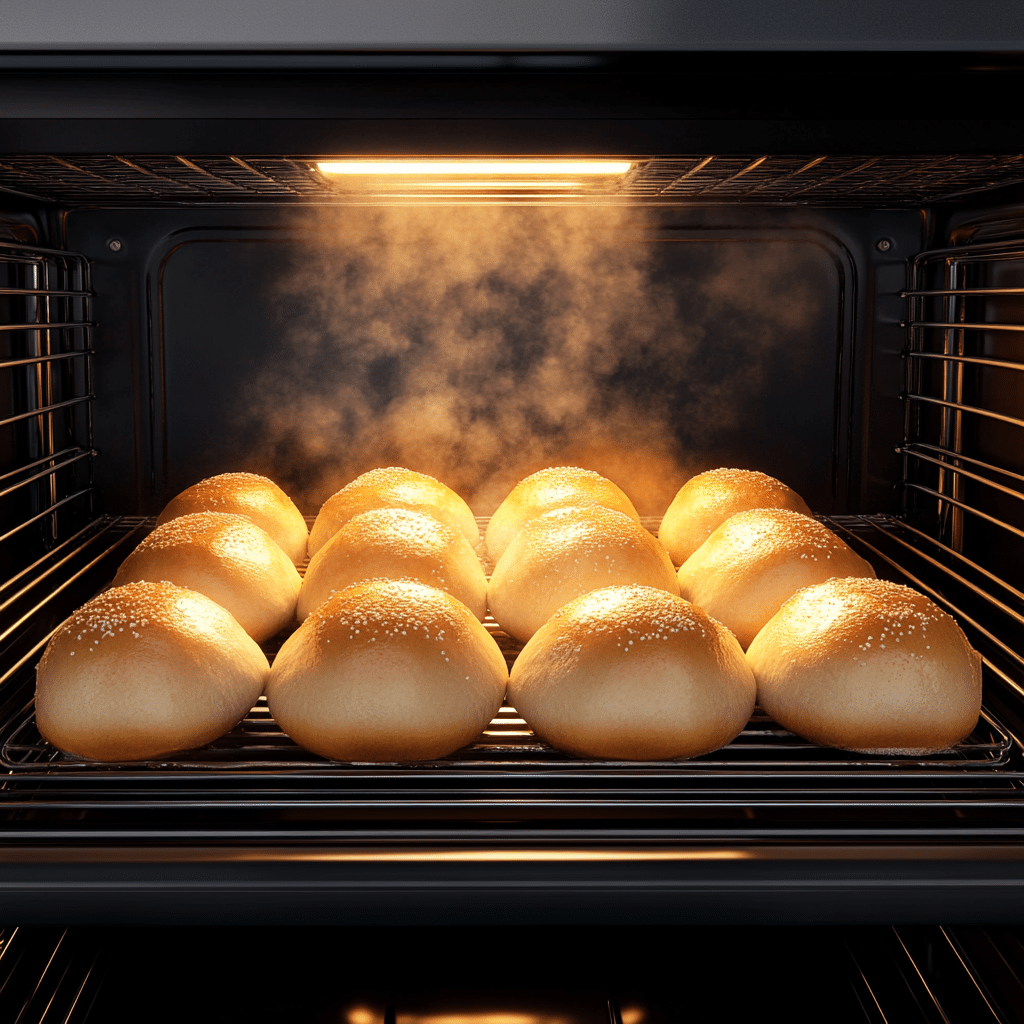
Troubleshooting
Even with a solid bread machine Kaiser rolls recipe, a few things can go wrong. Here’s how to fix them:
- Dough too dense: This usually means too much flour or not enough rise time. Check your measurements and proofing conditions.
- Flat rolls: Often caused by over-proofing. The rolls may rise too much and collapse in the oven. Watch the timing closely during the second rise.
- Crust too hard: This can result from overbaking or a dry oven. Add steam by placing a pan of water in the oven during the first few minutes of baking.
- Shape disappears during baking: If your swirl or knot flattens out, the dough may have been too soft. Letting it chill slightly before shaping can help, or simply practice your technique—it gets easier.
Just like with our Cowboy Butter for Steak, getting the small details right can dramatically improve the final result.
With these tips, you’ll avoid the most common baking hiccups and pull off a batch of Kaiser rolls that’s every bit as good as what you’d find at your local bakery.
Variations & Serving Suggestions
Hard roll vs. Kaiser
Ever wondered if a Kaiser roll is just another name for a hard roll? Not quite. While both share a crisp outer crust and soft interior, the classic Kaiser roll is defined by its swirl pattern and balanced texture. A hard roll is usually denser, with an even firmer crust—great for soaking up sauces but not as light inside.
If you’re after that tough outer crunch, slightly overbake your Kaiser rolls by 2–3 minutes. You can also let them sit uncovered for 10 minutes before baking to dry out the surface slightly. These small tweaks turn this bread machine Kaiser rolls recipe into a crust-lover’s dream.
Viennese-style twist
Looking for a softer, sweeter spin? Add 1 tablespoon of molasses or malt syrup to the dough. This tweak—often found in Viennese-style rolls—adds color and flavor. A splash of milk in place of some water can also soften the crumb, making it more tender.
Try baking one batch using the classic recipe and another with this twist—you’ll love having options for different meals.
Serving ideas
Kaiser rolls are famously versatile. You can serve them:
- As sandwich rolls: Perfect for deli meats, grilled chicken, or veggie burgers
- With soups and stews: Their sturdy build holds up great when dipped
- For breakfast: Toasted and topped with butter, jam, or eggs
- As mini sliders: Use smaller dough portions for party-size rolls
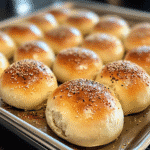
Bread Machine Kaiser Rolls Recipe – Easy Homemade Bakery Rolls
- Total Time: 2 hrs 30 mins
- Yield: 8 rolls 1x
- Diet: Vegetarian
Description
This Bread Machine Kaiser Rolls Recipe produces bakery-style buns with a crisp crust and soft interior using a simple dough cycle.
Ingredients
3½ cups bread flour
1¼ cups warm water
2¼ tsp instant yeast
1 tbsp sugar
1½ tsp salt
2 tbsp unsalted butter
1 egg
Optional: egg wash, sesame seeds, poppy seeds
Instructions
1. Add ingredients to bread machine in listed order.
2. Run dough cycle (1.5 to 2 hours).
3. Remove dough and divide into 8–10 pieces.
4. Shape into rolls using Kaiser stamp or by hand.
5. Let rise for 30–45 minutes.
6. Preheat oven to 425°F.
7. Brush with egg wash and add seeds if using.
8. Bake 15–18 minutes until golden.
9. Cool on wire rack before serving.
Notes
For a crustier roll, spray water into oven during first 5 minutes.
Substitute malt syrup for sugar to create Viennese-style rolls.
- Prep Time: 10 mins
- Cook Time: 18 mins
- Category: Bread
- Method: Bread Machine + Oven
- Cuisine: American
Nutrition
- Serving Size: 1 roll
- Calories: 210
- Sugar: 2g
- Sodium: 270mg
- Fat: 5g
- Saturated Fat: 2g
- Unsaturated Fat: 2g
- Trans Fat: 0g
- Carbohydrates: 34g
- Fiber: 1g
- Protein: 6g
- Cholesterol: 30mg
They’re also perfect for on-the-go lunches and make any burger feel gourmet. If you’ve tried our Peanut Tofu with Coconut Rice, imagine pairing that creamy dish with a fresh, warm Kaiser roll on the side—it’s unexpectedly perfect.
FAQ About Bread Machine Kaiser Rolls Recipe
Can you make bread rolls in a breadmaker?
Absolutely! A breadmaker is a fantastic tool for preparing dough for rolls. With the right settings, it mixes, kneads, and proofs the dough—saving time and effort. This bread machine Kaiser rolls recipe uses the “dough” setting, allowing you to shape and bake the rolls manually afterward for that authentic texture and crust.
What’s the difference between a Kaiser roll and a Vienna roll?
Kaiser rolls are typically crustier with a star-patterned top, while Vienna rolls are softer and often have a lighter crust. Vienna rolls may include milk or malt in the dough, giving them a slightly sweeter taste and tender bite. Kaiser rolls, like the ones in this bread machine Kaiser rolls recipe, are heartier and better for sandwiches or burgers.
What makes a Kaiser roll different?
The standout features of a Kaiser roll are its swirl or star top, chewy texture, and crisp crust. This is achieved by shaping techniques and baking with steam. The dough in a bread machine Kaiser rolls recipe is enriched with eggs and sometimes butter, giving the roll structure and rich flavor.
How long to bake Kaiser buns?
Bake them at 425°F (218°C) for 15 to 18 minutes, or until they turn golden brown and sound hollow when tapped. For a crustier finish, add steam to the oven or spritz the rolls with water during the first few minutes of baking.
Conclusion
With this bread machine Kaiser rolls recipe, you can bring bakery-style flavor and texture right into your kitchen—without the long kneading or complicated steps. The bread machine takes care of the heavy work, letting you focus on shaping and baking the perfect roll.
Whether you’re making sandwiches, pairing them with soup, or just enjoying one warm with butter, Kaiser rolls offer a satisfying bite every time. From classic crisp crusts to soft Viennese variations, this recipe gives you the flexibility to bake them your way.
Looking for inspiration? Try these rolls with our flavorful Easy Rasta Pasta or as a hearty base for any grilled meat or veggie sandwich.
Follow me on Pinterest and Medium for more recipes and kitchen tips!


